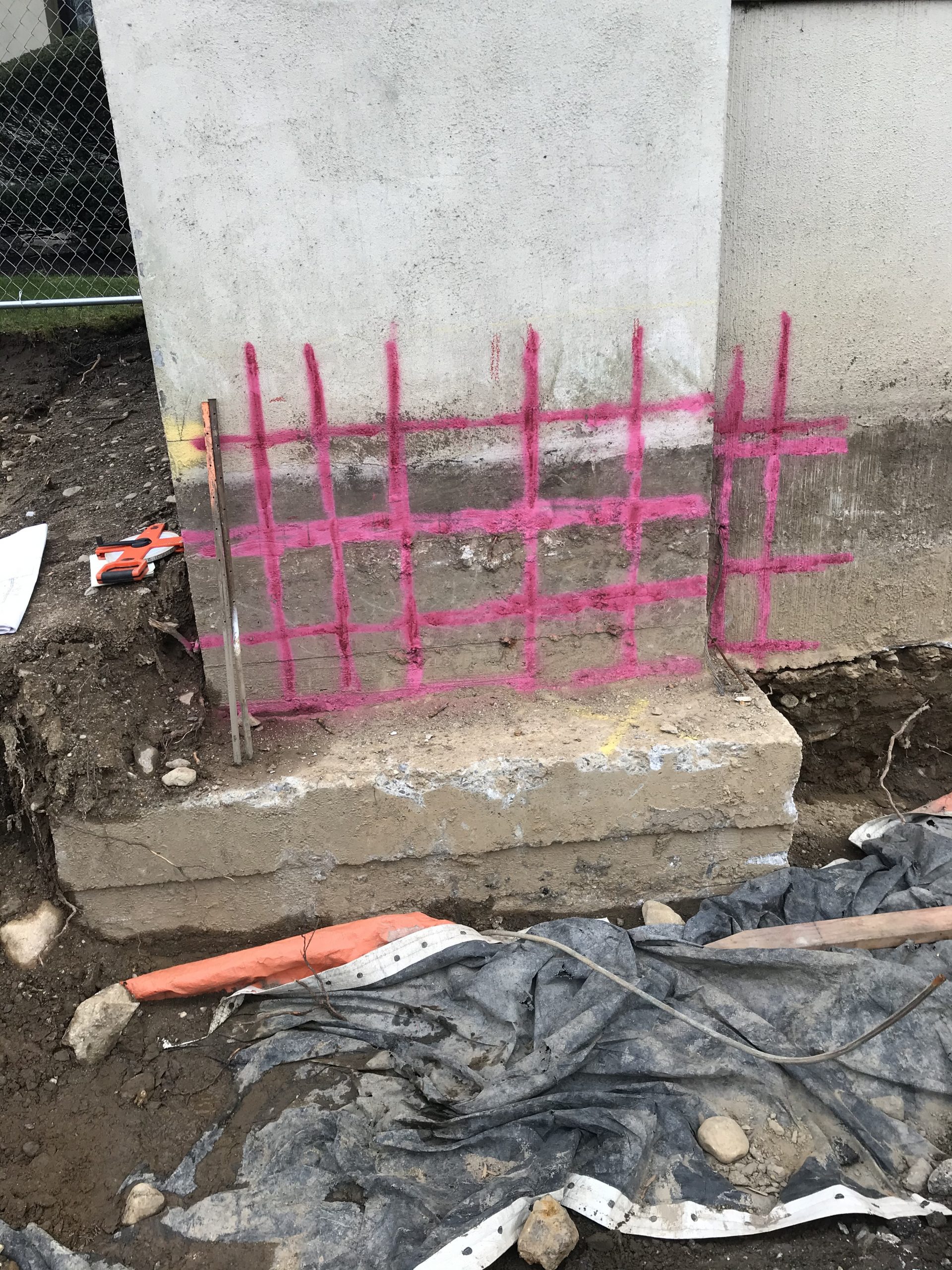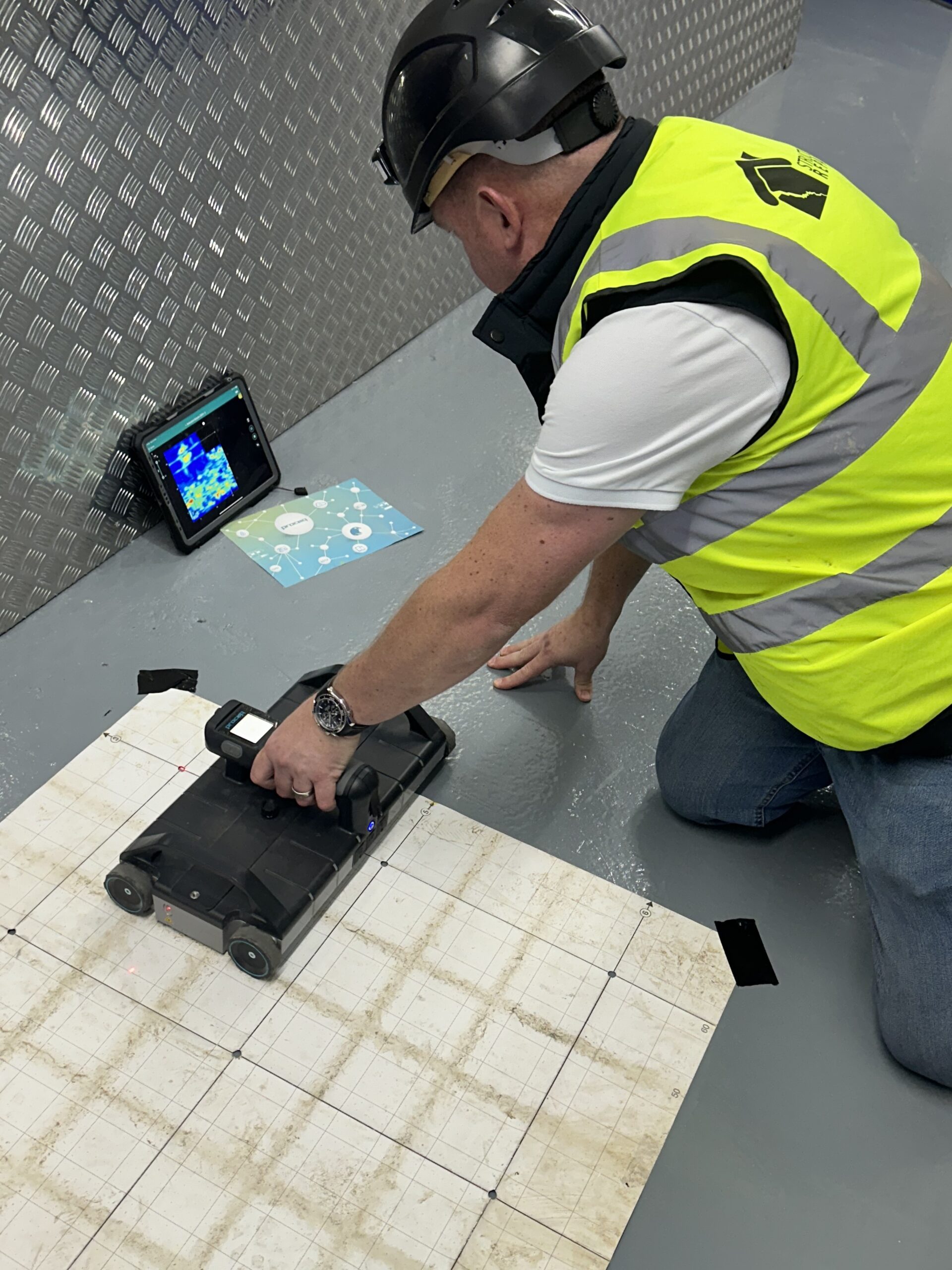Elevate Your Building And Construction Process With the Strategic Insights of Concrete Scanning for Boosted Performance
One such innovation that has actually revolutionized the building and construction market is concrete scanning. By taking advantage of the critical understandings offered by concrete scanning, building and construction professionals can unlock a realm of boosted performance and structured processes.

Advantages of Concrete Scanning
Enhancing job efficiency and security, concrete scanning uses a non-destructive approach for spotting concealed things within concrete frameworks. By making use of modern technologies such as ground-penetrating radar (GPR) and concrete x-ray imaging, construction teams can precisely locate rebar, post-tension cable televisions, electrical avenues, and various other blockages before exploration, reducing, or coring right into concrete.
The advantages of concrete scanning are numerous. Construction sites can be intricate environments, and recognizing what exists underneath the surface area can avoid mishaps and injuries.
In addition, concrete scanning promotes general project performance by avoiding and simplifying workflows rework. By determining possible issues early, teams can adjust their plans proactively, saving time and resources in the lengthy run. Fundamentally, the adoption of concrete scanning innovations is a strategic financial investment that pays rewards in regards to efficiency, cost-effectiveness, and security.
Technology Combination for Effectiveness
Concrete scanning's ability to improve operations and enhance job performance can be further maximized through calculated assimilation of cutting-edge modern technologies. By incorporating Building Info Modeling (BIM) software application right into concrete scanning processes, building groups can accomplish a higher level of accuracy and sychronisation. In addition, the integration of Enhanced Reality (AR) innovation with concrete scanning can improve on-site visualization, allowing job supervisors and employees to overlay electronic information onto the physical setting in actual time.
Avoiding Costly Errors
Just how can thorough focus to information during concrete scanning procedures help building groups in stopping expensive mistakes? Concrete scanning plays a crucial role in identifying potential problems before they escalate into expensive errors. By making use of innovative scanning technologies such as Ground Penetrating Radar (GPR) and electro-magnetic induction, construction groups can properly spot rebar, energies, voids, and various other blockages within concrete structures. This level of precision enables task supervisors to make educated choices regarding the format and style of their building strategies, reducing the threat of unexpected damage to critical infrastructure during the structure procedure. Additionally, concrete scanning assists in ensuring structural honesty by identifying weak points or problems in the concrete early, permitting timely repair services and adjustments. By proactively dealing with these issues, building and construction groups can avoid pricey errors such as rework, delays, or safety threats that may emerge from overlooked discrepancies in the concrete framework. Eventually, purchasing extensive concrete scanning procedures shows to be an affordable strategy in the lengthy run, conserving both time and resources while boosting overall task performance and top quality.
Enhancing Task Management
Precise interest to information during concrete scanning processes not only aids in staying clear of expensive mistakes but also lays a strong structure for reliable task management in building and construction endeavors. By incorporating concrete scanning innovation right into project administration methods, building and construction groups can simplify process, improve communication, and guarantee that tasks remain on track.
Concrete scanning offers useful insights into the architectural integrity of existing elements, allowing project managers to make informed decisions pertaining to layout alterations or construction series. This positive technique decreases the threat of unforeseen delays or remodel, inevitably conserving time and sources. Additionally, the data navigate to this site gotten from concrete scanning can be incorporated right into Structure Info Modeling (BIM) systems, making it possible for real-time collaboration and control among numerous stakeholders.
Moreover, concrete scanning aids task supervisors identify prospective hazards or challenges prior to they intensify into bigger problems, promoting a safer job environment for all entailed. With enhanced presence and precision given by concrete scanning modern technology, job supervisors can properly intend, check, and perform building and construction jobs with higher efficiency and confidence.
Taking Full Advantage Of Productivity
One vital aspect of making best use of performance is via the adoption of concrete scanning innovation. By using ground-penetrating radar (GPR) and other scanning approaches, construction groups can precisely locate rebar, avenues, and other subsurface components, decreasing the risk of expensive errors and delays throughout excavation and boring.
Additionally, embracing Structure Details Modeling (BIM) software program can substantially improve performance by creating in-depth 3D models that boost job visualization and sychronisation amongst different professions. BIM permits for much better clash discovery, enabling concerns to be recognized and settled prior to construction also begins, conserving time and sources in the lengthy run.
Applying a lean building and construction approach, which focuses on eliminating waste and maximizing effectiveness throughout all project phases, is another reliable technique for making the most of performance. By fostering collaboration, communication, and continuous improvement, building and construction groups can work more cohesively in the direction of accomplishing task objectives in a effective and structured manner.
Final Thought
To conclude, the tactical implementation of concrete scanning in the building and construction procedure uses many advantages, including increased performance, expense financial savings, boosted job administration, and boosted productivity. By incorporating this technology, building teams can stay clear of costly mistakes, streamline their procedures, and optimize their general task outcome. Concrete scanning is an important device that can boost the construction process and cause more lucrative and effective results.
